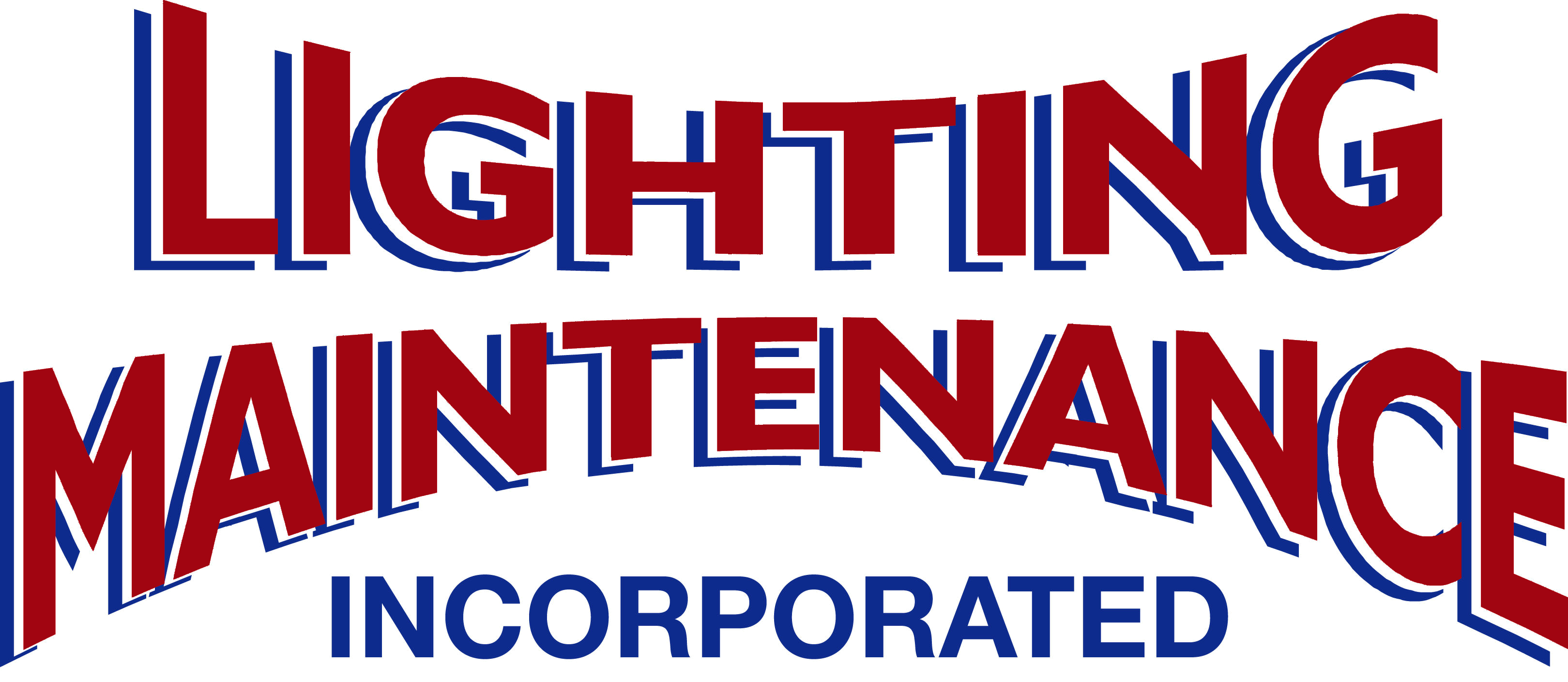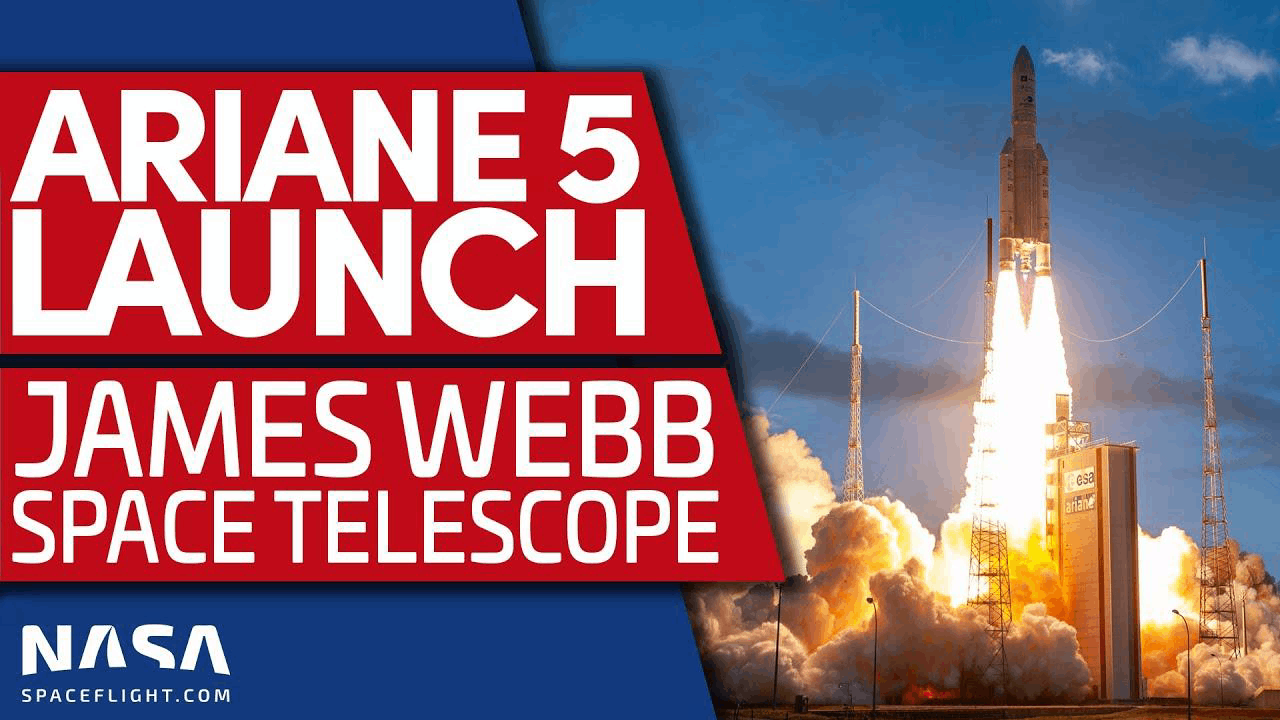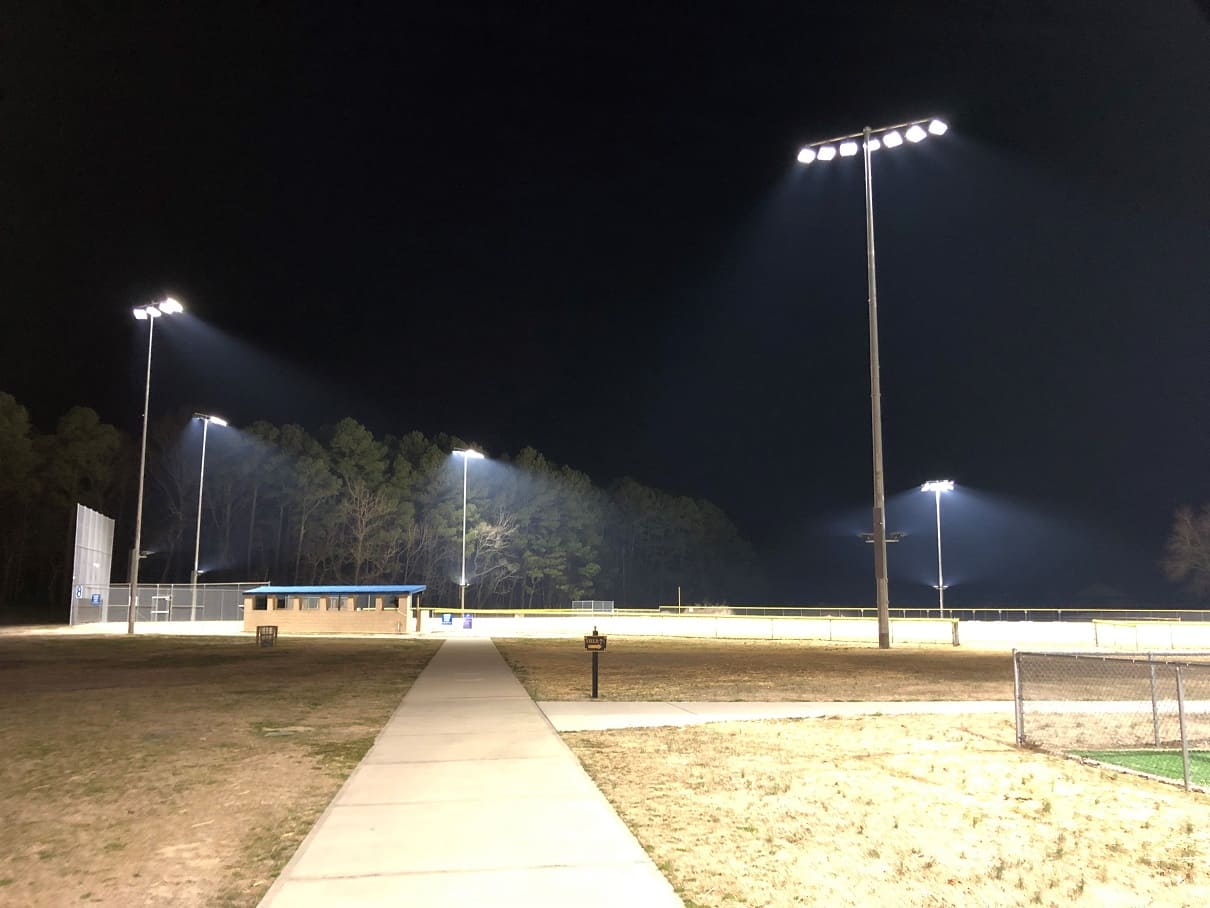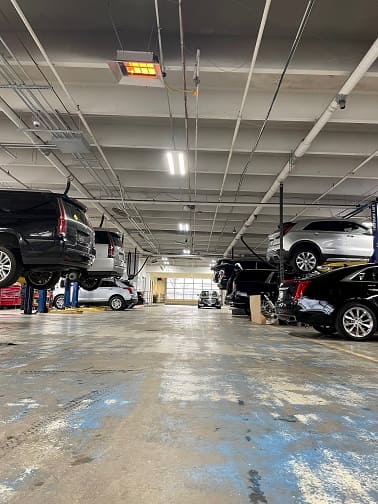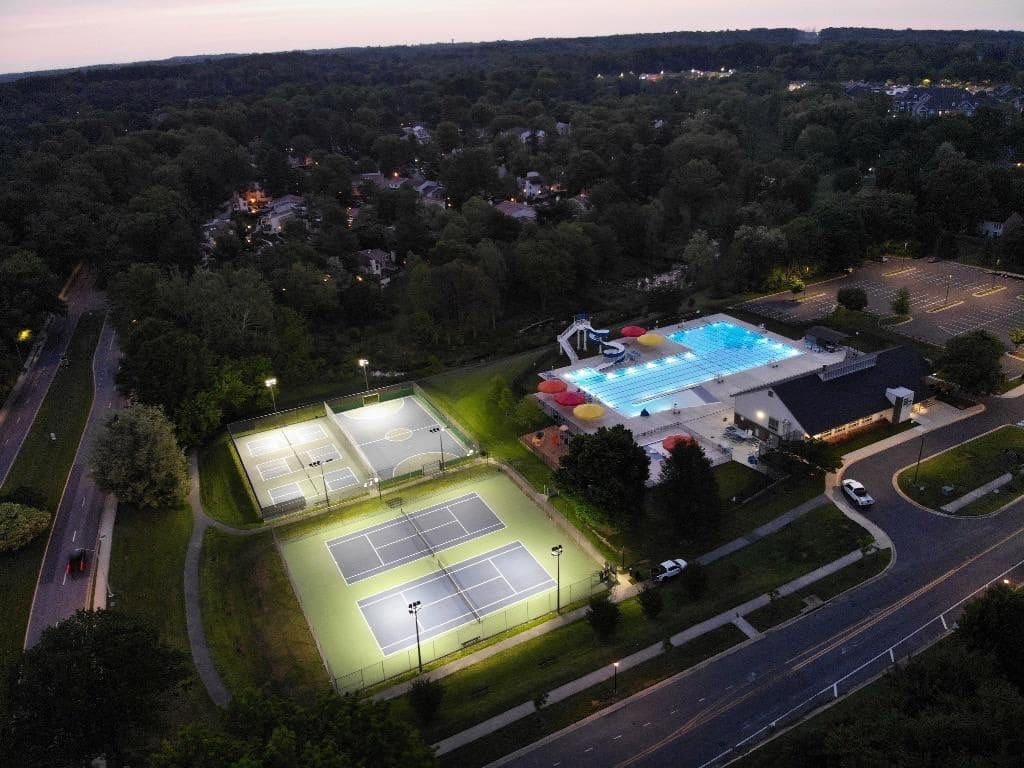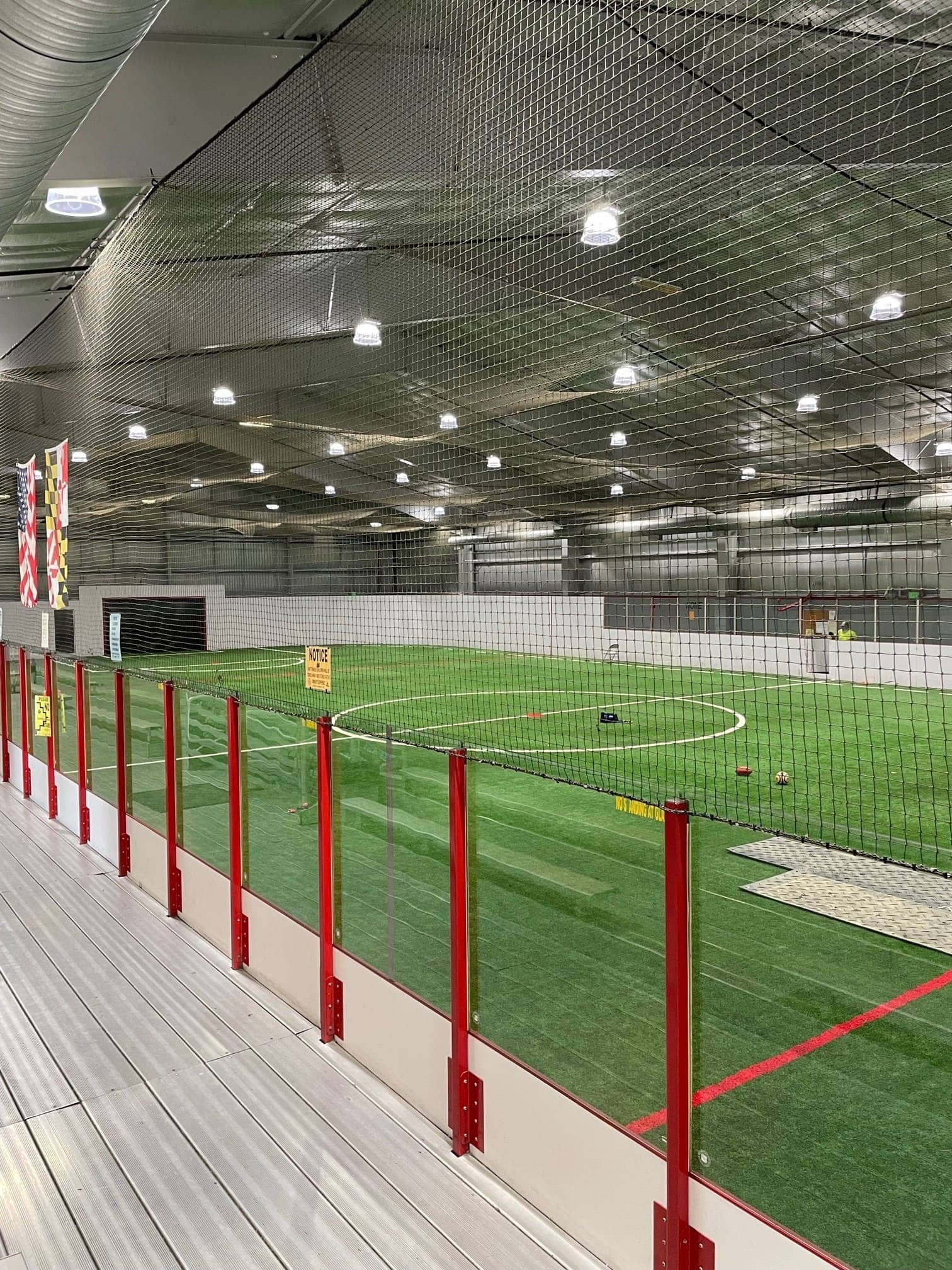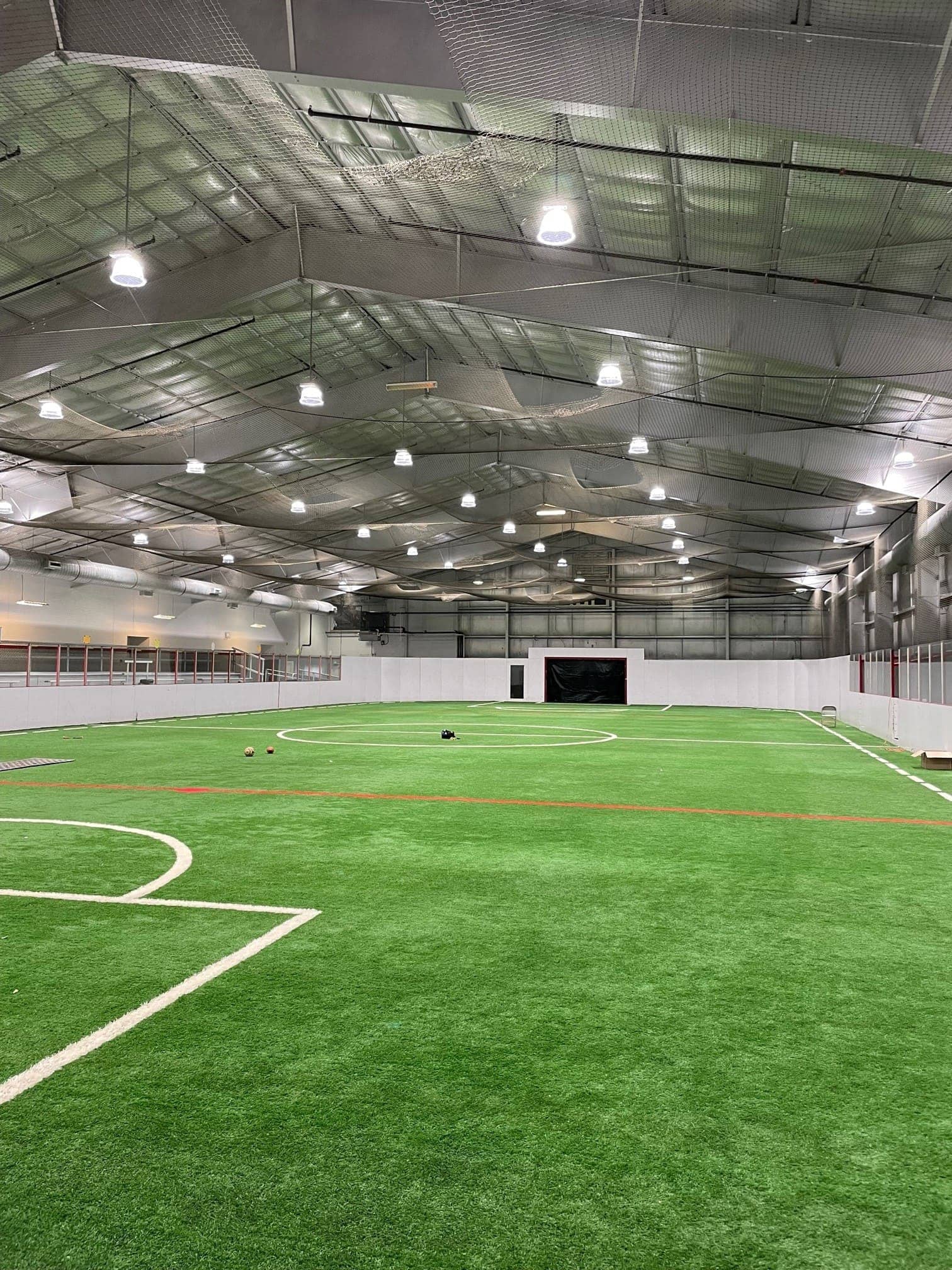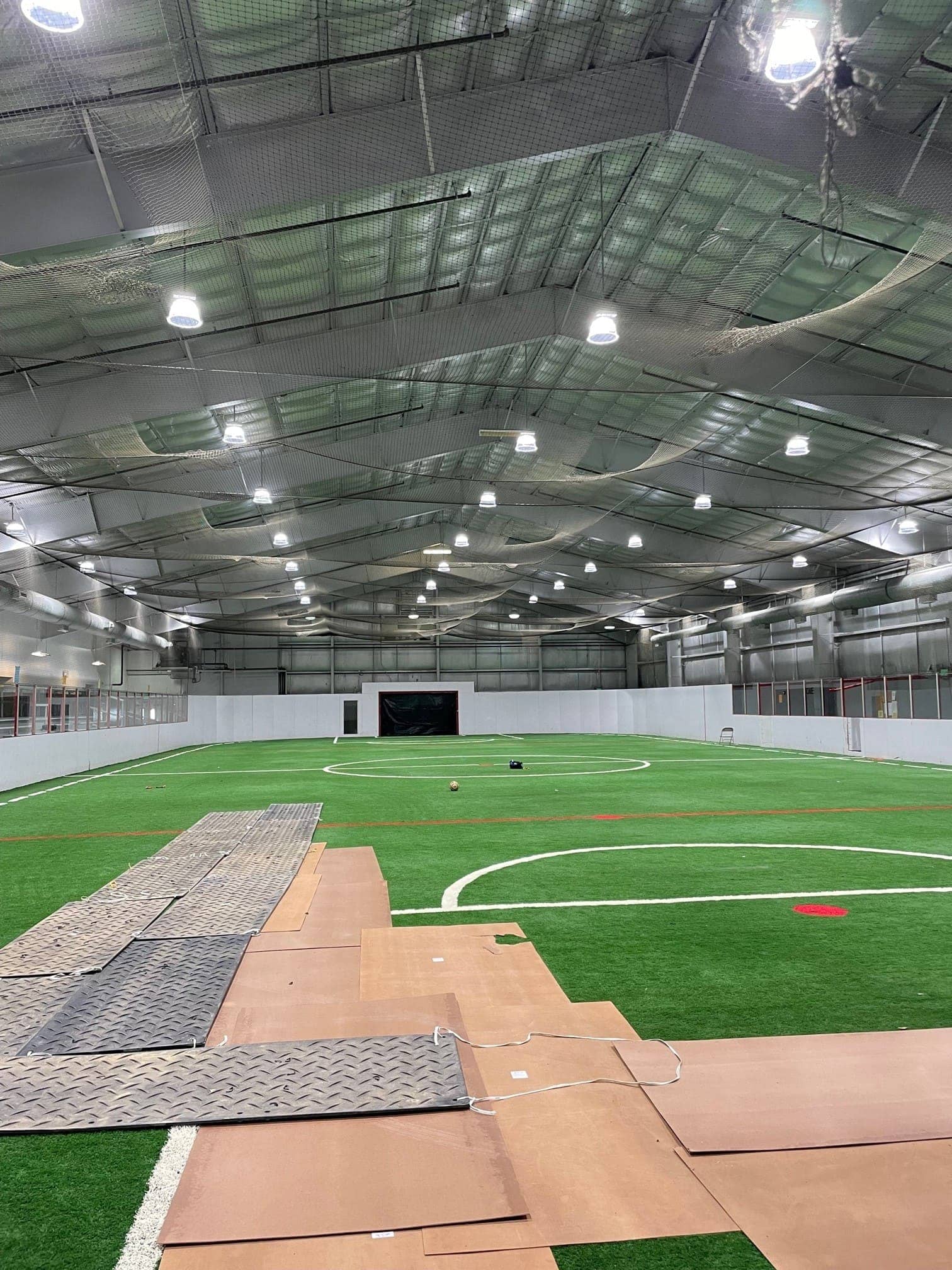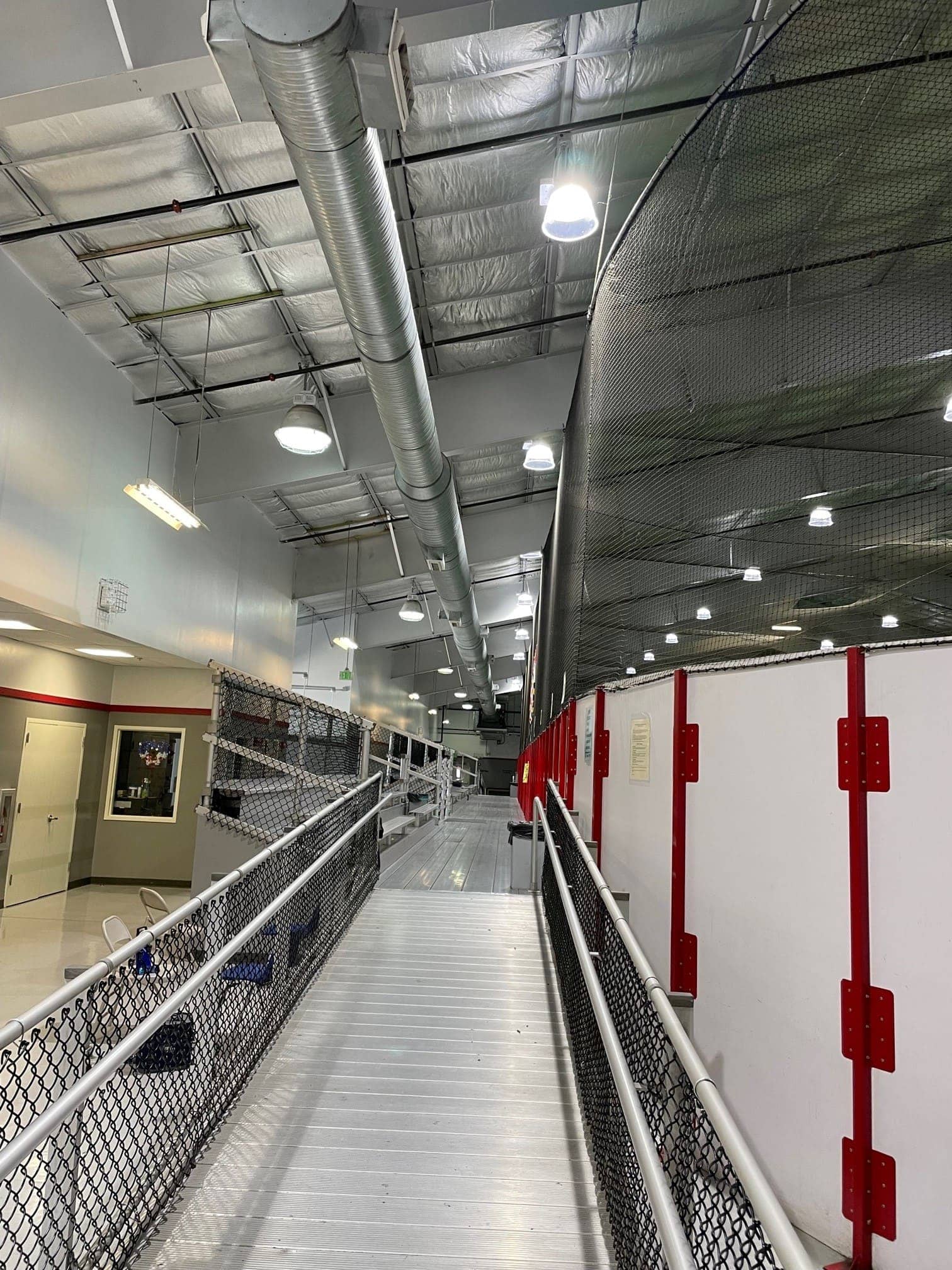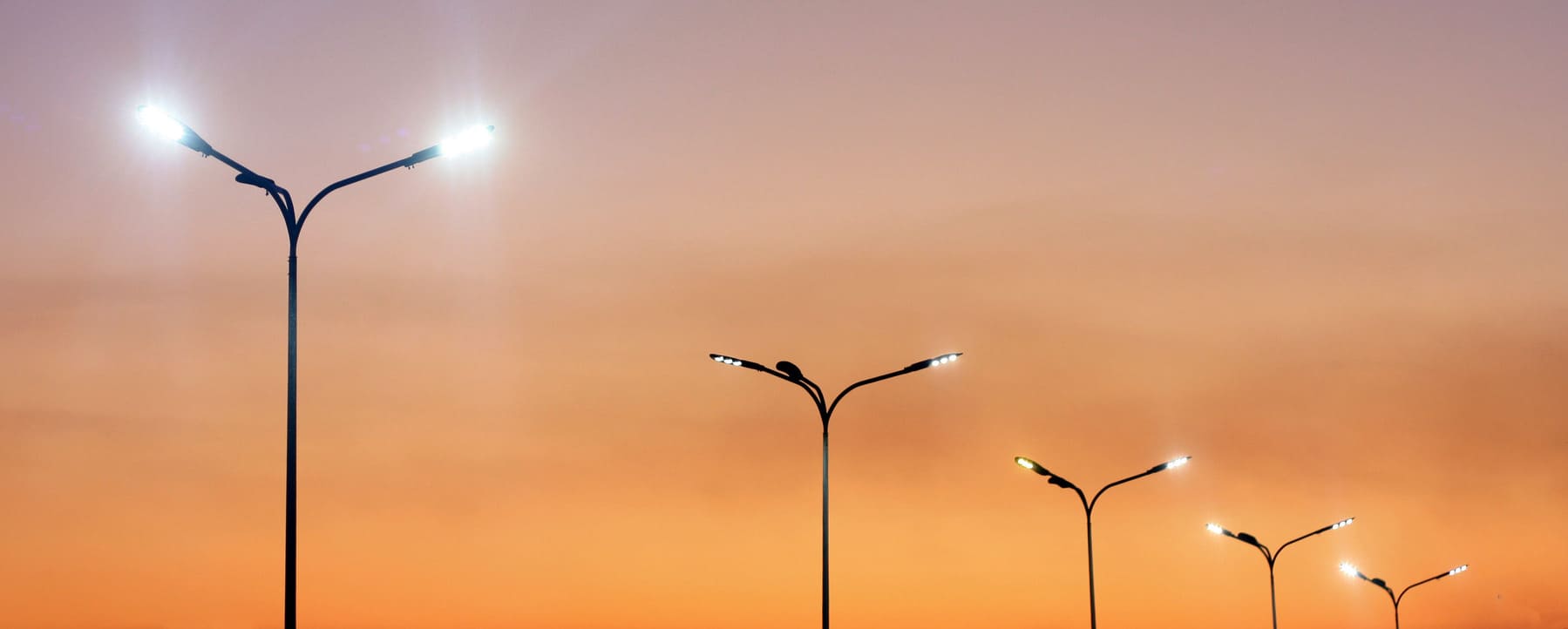
LED
LED technology is rapidly eclipsing older lighting technologies across a broad landscape of applications for both interior and exterior solutions. Contrary to popular perspective, LED lighting (light emitting diodes) is not a new technology but, in fact, has been used in many home appliances such as microwaves, alarm clocks, that dreaded old VCR light that used to blink incessantly when the power was lost and restored to keep you up all night, and many more applications for over 50 years. This lighting color was typically red, blue or green. The efficiency of these systems, lumens per watt, was excellent, however, for use in every day and night time applications for illuminating offices and parking lots, it was entirely impractical.
The Rise of LED
As energy codes and environmental concerns became more and more aggressive, the industry looked for technologies that would deliver the most amount of light, at the lowest wattage consumption, and the best quality of light, with exceptional distribution characteristics. The interest in LED as a solution revolutionized our engineering base, and it has become the most vertically active market ever experienced in the lighting industry. Why? LED technology consumes very little wattage.
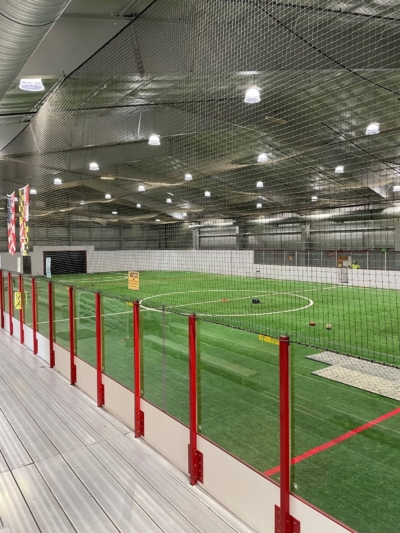
How it Works
The nature of LEDs (a small diode embedded on a solid state chipboard) allowed lighting fixture designers to vastly improve the efficiency of the delivered light, while improving the efficacies of newer designed fixture housings. What does that mean? Older familiar fixtures, like the big “square box” you often see on the top of parking lot poles are highly ineffective at delivering the light produced by mercury vapor, metal halide and high pressure sodium lamp technologies. Often in these older fixtures, up to 30% of the generated light is lost due to inferior fixture optics. These optics are reflectors, refractors and other metal components that direct the light to a target. With LED, the problem goes away because the diode itself is the optic. You can direct it anywhere you want and it’s close to 100% on target.
LED Today
The most difficult challenge to overcome was how to manufacture LEDs in a white color. It was easy to do at the start, but not very efficient in terms of lumens per watt. The older red, blue and green diodes were much more efficient and the industry had to solve this problem. Fast forward to today: problem solved! There are now many different types of fixture designs producing highly efficient white light with superb lighting characteristics. Color rendering (the ability of light to reflect the true color of an illuminated object) is excellent. Furthermore, because we can now deliver light much more effectively, we have reduced the spillage of light into the sky and areas we don’t need to illuminate.
